Central Plains Irrigation
Stage 1 – Application of large diameter PRV’s in parallel to control pressure in large diameter piping systems
Stage 1 of the Central Plains Water Scheme irrigates approximately 20000 hectares on the Canterbury plains in the South Island of New Zealand.
Bordered by the Rakaia and Hororata rivers an intake on the Rakaia River directs water via a 17km long gravity-fed headrace canal into a network of underground pipes to over 20,000 hectares of farmland.
The scheme uses over 400 Cla-Val Automatic Control Valves in a variety of functions from 50mm through to 750mm.
Reticulation to the scheme is via some 500km of underground piping with irrigated land above the canal is supplied via a pumped system.
Four main pipelines are used to deliver water down the plains to the various properties and to control pressure down their pipelines Cla-Val 131 series electronically actuated pressure control valves are used.
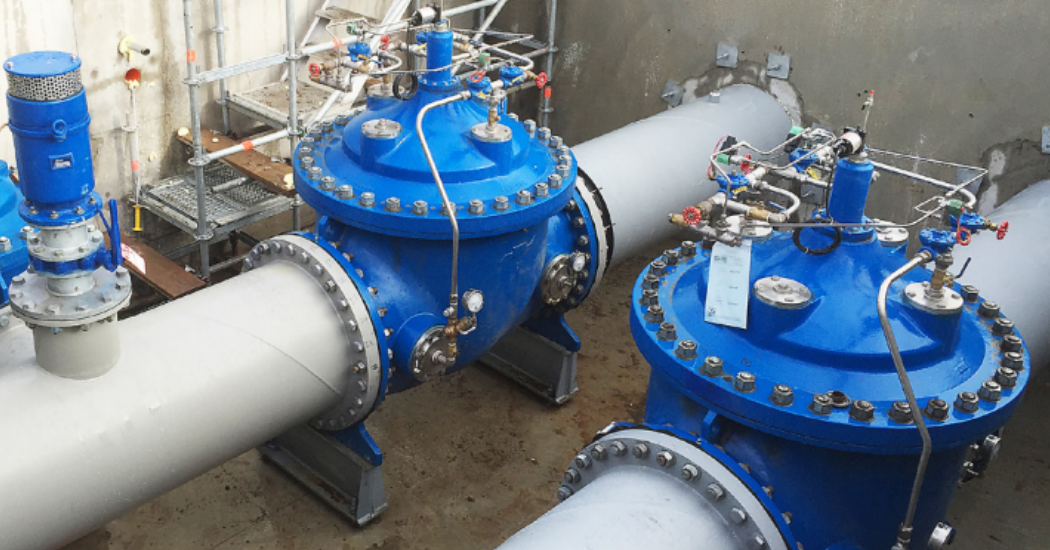
PRV1.1
1 x 750mm 131GY Pressure Reducing Valve
1 x 500mm 50-01 Relief Valve
PRV 2.1
2 x 600mm 131GY Pressure Reducing Valve
1 x 500mm 50-01 Relief Valve
PRV 3.1
2 x 750mm 131GY Pressure Reducing Valve
1 x 500 mm 50-01 Relief Valve
PRV 3.2
2x 750mm 131GY Pressure Reducing Valve
1 x 500mm 50-01 Relief Valve
On PRV 1.1 a single DN750 electronically controlled dual solenoid operated valve, maintains a constant downstream pressure.
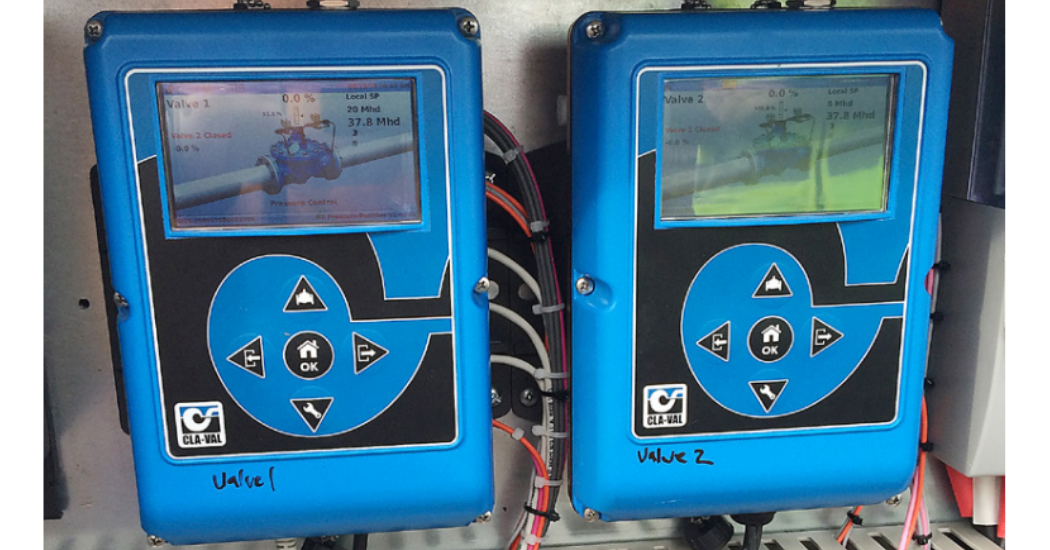
A VC-22D electronic valve controller, controls the operation of the 600mm dual solenoid operated valves by sending electrical pulses to the opening solenoid, allowing water to flow out from the valve cover chamber, which in turn, allows the valve to open slightly with each pulse, or to the closing solenoid, allowing water to flow into the valve cover chamber, which in turn, allows the valve to close slightly with each pulse. The VC-22D uses a customized ValvApp for the logic controls.
A pressure set point is entered on the valve controller. As flow starts and the downstream pressure drops below the pressure set point, the valve is actuated to open and regulates to the downstream pressure set point. As flow increases, valve tends to open further and starts closing as flow decreases.
When there is no flow demand downstream, the valve is kept at the close position.
A secondary hydraulic pilot system acts as a back-up in case of power failure. The hydraulic circuit is kept isolated by two 50mm hytrol valves held closed by an energized solenoid wired to an external relay and powered independently. The hydraulic pilot set point is the same as that of the electronic set point.
In the event of a power outage, the solenoid is de-energized and would change state, allowing the two hytrol valves to open. Once open, the hydraulic pilot takes control of the main valve to regulate to the downstream pressure set point.
Further, a SCADA override can force the valve to operate on hydraulic mode. This involves changing the state of the relay, de-energizing the solenoid of the hydraulic circuit allowing the hydraulic pilot to take control of the valve, and de-energizing the solenoid on the 50mm block valve, installed between the cover and the electronic pilot system, isolating the electronic side.
Also, when the relief valve, located downstream of the PRV, remains open for a period of more than 1 minute, a SCADA override will force the valve to operate on hydraulic mode.
An action is programmed in the controller enabling remote shutdown. Upon receiving a SCADA digital command, the controller will actuate the closing solenoid until the valve closes tightly and is held close.
For the other pipelines a pair of dual DN 600 and two pairs of dual DN750 electronically controlled dual solenoid operated valve, working in parallel, maintains a constant downstream pressure.
A VC-22D electronic valve controller, controls the operation of the 600mm/750mm dual solenoid control valves by sending electrical pulses to the opening solenoid, allowing water to flow out from the valve cover chamber, which in turn, allows the valve to open slightly with each pulse, or to the closing solenoid, allowing water to flow into the valve cover chamber, which in turn, allows the valve to close slightly with each pulse. The VC-22D uses a customized ValvApp for the logic controls.
A pressure set point is entered on both valve controllers. As flow starts and the downstream pressure drops below the pressure set point, valve 1 is actuated to open and regulates to the downstream pressure set point. Valve 2 is held close by an action programmed on valve 2 controller, which remains enabled when valve 1 is below a pre-determined position.
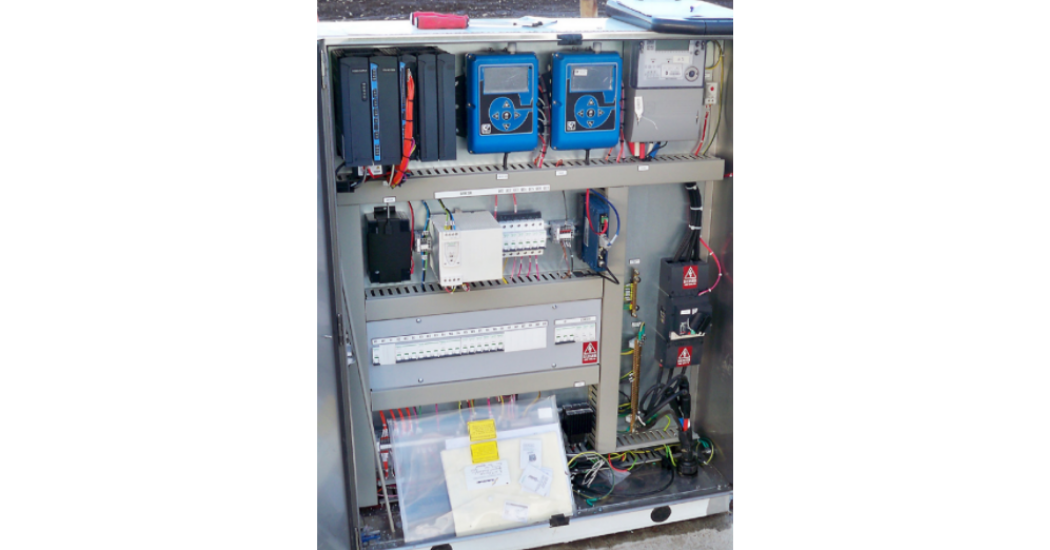
As flow increases and valve 1 opens further and reaches this set position, the action on valve 2 is disabled, allowing valve 2 to open and share the flow demand. In this instance, valve 1 continues to open until valve 2 reaches a pre-determined position. Once valve 2 reaches this set position, an action programmed on valve 1 controller will enable and keep the opening solenoid from pulsing, keeping valve 1 from further opening but still allowing it to start closing when the downstream pressure goes above the set point. Valve 2 is in control of regulating the downstream pressure.
As flow decreases, valve 2 tends to close. As is reaches a pre-determined position, the action programmed on valve 1 is disabled and valve 1 is allowed to modulate. Once valve 1 is below a certain position, the action on valve 2 will be enabled and valve 2 will then starts closing until fully close. Regulation of the downstream pressure reverts back to valve 1.
When there is no flow demand downstream, both valves are kept at the close position.
A secondary hydraulic pilot system acts as a back-up in case of power failure. The hydraulic circuit is kept isolated by two 50mm hytrol valves held closed by an energized solenoid wired to an external relay and powered independently. The hydraulic pilot set point on valve 1 is the same as that of the electronic set point. Valve 2 hydraulic pilot set point is 5 psi lower than on valve 1.
In the event of a power outage, the solenoids are de-energized and would change state, allowing the two hytrol valves to open. Once open, the hydraulic pilots takes control of the main valves to regulate the downstream pressure. Valve 1, which has a higher pressure set point, will open first, with valve 2 opening once downstream pressure is below its set point. Valve 2 will start to close once downstream pressure is within valve 1 set point, with valve 1 regulating to the downstream pressure set point.
Further, a SCADA override can force the valves to operate on hydraulic mode. This involves changing the state of the relay, de-energizing the solenoid of the hydraulic circuit allowing the hydraulic pilots to take control of the valves, and de-energizing the solenoid on the 50mm block valves, installed between the cover and the electronic pilot system, isolating the electronic side.
Also, when the relief valves, located downstream of the PRVs, remains open for a period of more than 1 minute, a SCADA override will force the valves to operate on hydraulic mode.
An action is programmed in the controller enabling for remote shutdown. Upon receiving a SCADA digital command, the controllers will actuate the closing solenoids until the valves closes tightly and are held closed.

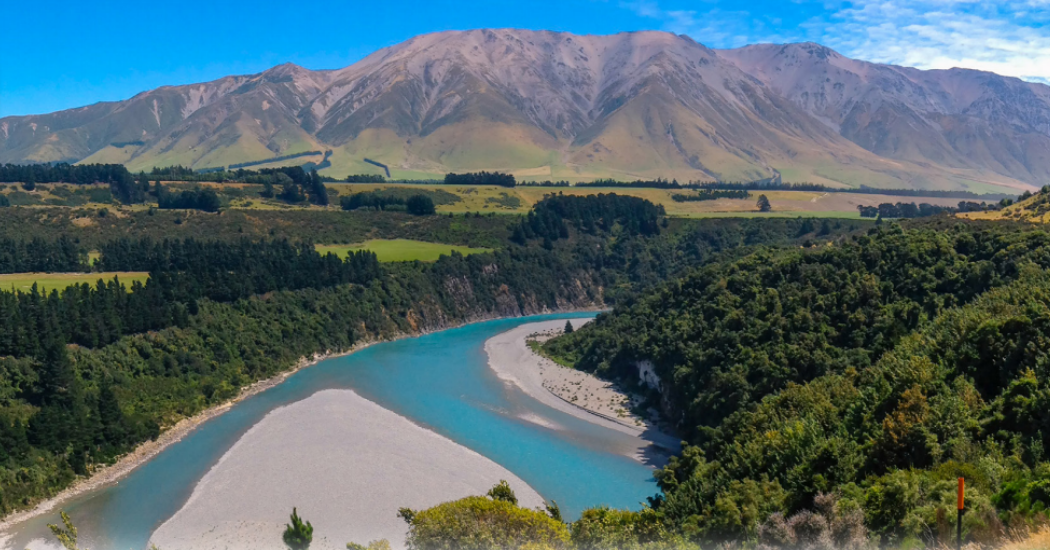
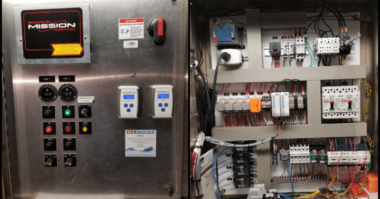


Comments